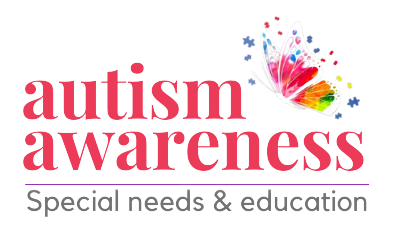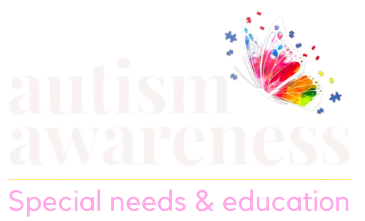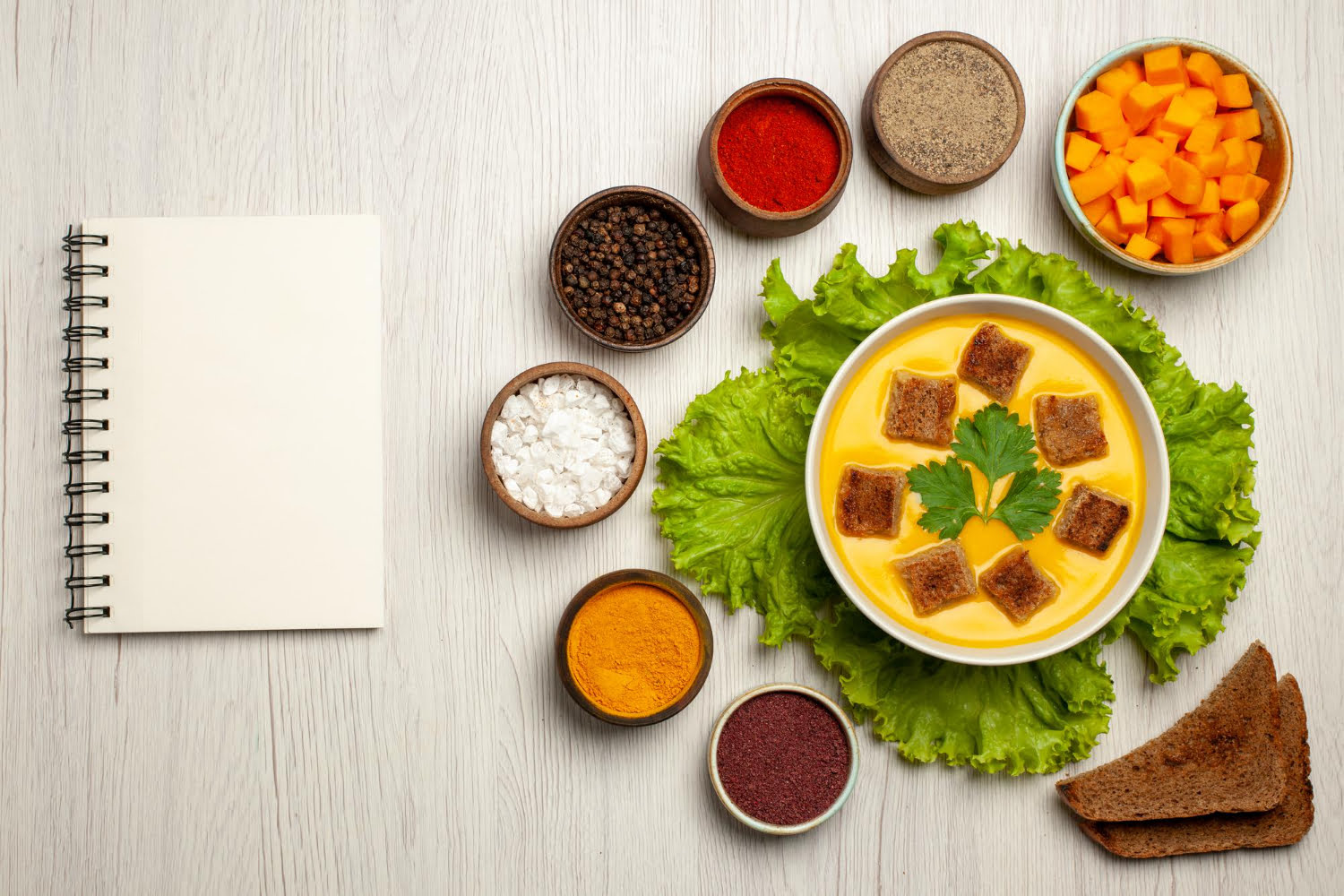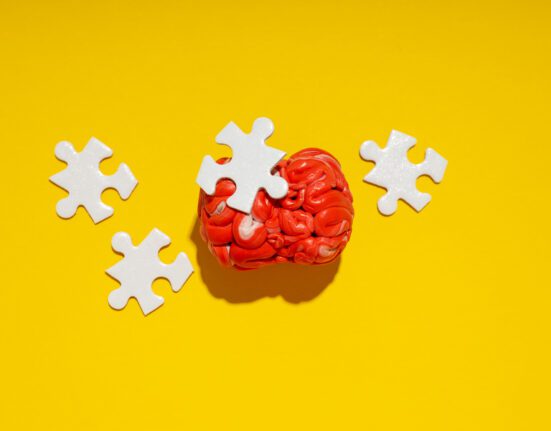Before you discover the Indian food for ADHD and explore its vibrant flavors and essential ingredients that make Indian cooking a potential ally in managing ADHD; Lets briefly understand about ADHD.
Attention Deficit Hyperactivity Disorder, more often known as ADHD, is a neurodevelopmental illness that impacts the lives of millions of people all over the world. The management of attention deficit hyperactivity disorder (ADHD) involves a number of factors, including medicinal and therapeutic interventions. However, dietary choices can also help to enhance focus and cognitive function. Indian food is one type of cuisine that has garnered attention in recent years for its possible benefits in treating and managing ADHD. In this piece, we will delve into the varied and tasty world of Indian cuisine, focusing on specific dishes and nutritional guidelines that may be helpful for those who have attention deficit hyperactivity disorder (ADHD).
Indian Cuisine: A Culinary Tapestry
The cuisine of India is a complex tapestry that is stitched together using a wide variety of flavors, ingredients, and methods of preparation.It differs from place to region, and each location has its own unique cuisine that features a vast variety of mouthwatering delicacies. In spite of the fact that it may be physically impossible to condense the totality of Indian cuisine into a single article, we will look at a number of the essential components and dishes that give this cuisine its distinctive flavor and may be helpful for people who suffer from ADHD.
In This Article
ToggleFoundation Elements of Indian Cooking
Let’s understand the foundation elements of Indian cooking recipes that could be beneficial for ADHD individuals while considering Indian food for ADHD in the diet plan
Spices
Spices in Indian cuisine are robust and aromatic. Turmeric, cumin, coriander, and ginger provide cognitive benefits. Curcumin in turmeric is anti-inflammatory and neuroprotective. Dishes with these spices add flavor and may improve cognition.
Plant-Based Vegetarian Options
Indian vegetarian and plant-based meals are plentiful. In Indian cooking, lentils, grains, and vegetables are staples. Fiber, vitamins, and minerals in these substances boost brain function. Indian vegetarian cuisine are good for ADHDers since plant-based diets boost attention and concentration.
Complex Fibre and Carbs
In many Indian cuisines, rice, lentils, and whole grains are complex carbohydrates. These foods deliver energy slowly, giving the brain steady glucose. ADHD patients’ mood and focus levels can be stabilized by this.
Balanced Foods
Indian meals typically feature vegetables, lentils, grains, and dairy or dairy replacements. It provides a balanced nutritional composition and maintains energy and attention throughout the day.
Yogurt and Fermented Foods with Probiotics
In Indian cuisine, yogurt is typically served as a side dish or in raita. Gut health, which is increasingly linked to cognitive function, can be supported by this probiotic-rich meal. A healthy gut microbiome can improve mood and behavior, making yogurt and fermented foods useful for ADHD.
Indian Foods and Ingredients for ADHD
Following our exploration of the fundamental aspects of Indian food that may be useful for those who have ADHD, let’s look into some specific dishes and ingredients that you might want to consider having in your diet:
For Vegetarians
- Lentils (Dal): Lentils are a fundamental component of the Indian diet and come in a variety of forms, including red lentils (masoor dal), yellow lentils (moong dal), and black gram lentils(urad dal). In India, lentils are considered a staple food. They are a wonderful source of sustained energy as well as general nutrition due to their high protein and fiber content as well as their vital vitamin content. Lentils are commonly found in the kitchens of Indian homes, where they are used to make a variety of cuisines, including sambar and dal fry.
- Chickpeas (Chana): An additional nutritional powerhouse that is frequently used in Indian cooking. Chickpeas are commonly enjoyed in a variety of dishes, including chole and chana masala, among others. They contain a high amount of plant-based protein, fiber, and minerals such as iron, all of which are beneficial to cognitive function.
- Spinach (Paalak): Spinach is a leafy green vegetable that is commonly used in Indian cooking, notably in dishes such as palak paneer. Spinach is quite adaptable and may be utilized in a variety of ways. It is an excellent source of critical vitamins, minerals, and free radical-fighting antioxidants, making it a nutritional powerhouse. People who have attention deficit hyperactivity disorder (ADHD) can benefit from the iron content of spinach since it promotes general cognitive health.
- Rice: Rice, and particularly basmati rice, is a mainstay in the diet of many Indian families. Brown rice may be a better option for people who have attention deficit hyperactivity disorder (ADHD), despite the fact that white rice is the more common type of rice eaten. The consumption of brown rice results in increased amounts of fiber, vitamins, and minerals in the body, all of which are essential for maintaining consistent energy levels and proper cognitive function.
- Whole Wheat Roti: Flatbreads made from whole wheat and typically served with Indian dishes are referred to as roti or chapati. Because they are made from whole wheat flour, they are rich in complex carbs and fiber, both of which contribute to prolonged energy and stable blood sugar levels. The Indian cuisine roti goes nicely with a range of vegetable and curry-based main courses.
- Yogurt/Dahi: Yogurt is a common dairy product that is also known as curd in India. Yogurt can also be referred to by its Indian name, lassi. It is becoming widely known that a component that influences cognitive performance is gut health, and this product contains probiotics that enhance that health. Yogurt is an excellent food choice for those who have ADHD because it may be consumed either on its own or as an ingredient in a variety of meals, such as raita.
- Nuts and Seeds: Nuts such as almonds, cashews, and pistachios, as well as seeds such as sesame and flaxseed, are commonly accessible in India. They are high in nutrients and can be eaten as snacks or used in dishes to provide an additional nutritious boost. They can also be added to smoothies. These nuts and seeds are good sources of protein, healthy fats, and critical vitamins and minerals.
- Fruits: India is fortunate to have access to a diverse range of fruits, all of which are readily available and quite inexpensive. Just a few examples include papayas, bananas, mangoes, and guavas. Mangoes are also an option. These fruits are an excellent choice for anyone looking for a wholesome source of energy and nutrition due to their high vitamin and antioxidant content, as well as their naturally occurring sugars.
For Non-Vegetarians
- Chicken: Chicken is one of the most widely consumed types of meat in India and is a key ingredient in a wide variety of the country’s cuisines. Chicken is an excellent provider of a variety of nutrients, including protein and vital fats. Including chicken in the diet can be done in a tasty way by preparing traditional Indian dishes.
- Fish: Because India has such a big coastline and system of rivers, it is home to a wide variety of fish, some of which are pomfret, mackerel, and Rohu, amongst others. Fish is a valuable source of protein and omega-3 fatty acids, both of which have been linked to increased cognitive performance, and both of these benefits are related to eating fish. Meals that are both delicious and nutritious can be made by preparing fish with Indian spices.
- Eggs: Eggs are a source of protein and nutrients that may be used in a variety of ways. They are frequently used in Indian cooking, particularly in dishes like egg curry and masala omelets, which are two of the more popular options. Eggs are often recommended as an important component of a healthy diet for people who have ADHD.
Dairy and Dairy Alternatives
- Milk: Cow’s milk is a common beverage in India and is used in the production of a variety of dairy products including ghee, paneer (Indian cottage cheese), and yogurt, amongst others. It is an abundant source of calcium as well as many other important elements.
- Plant-Based Milk Alternatives: Almond milk, soy milk, and coconut milk are just some of the plant-based milk alternatives that are becoming more readily available in India for people who prefer or are required to avoid dairy products. These substitutes have the potential to serve as reliable sources of calcium and various other minerals.
Herbs and Spices
- Turmeric: Curcumin, which is found in turmeric, is an anti-inflammatory compound. Turmeric is an essential spice in Indian cuisine and contains this compound. It’s commonly found in dishes like curries and stews, as well as drinks like golden milk.
- Cumin, Coriander, and Cardamom: Spices like cumin, coriander, and cardamom are essential to Indian cooking because of their pungent aroma and ability to impart a complex taste to the food they are used in. In addition to their use in cooking, they might also have cognitive benefits.
- Methi (Fenugreek): Both the leaves and the seeds of fenugreek are typically utilized in traditional Indian meals such as thepla and paratha made with methi. Fenugreek has been linked to the potential management of blood sugar, which may be advantageous for persons who have ADHD.
- Ginger and Garlic: Both ginger and garlic are utilized frequently in Indian cookery as seasonings that increase flavor. They not only contribute to the flavor but there is also the possibility that they have possible health benefits, such as anti-inflammatory effects.
Additional Dietary Principals
In addition to specific dishes and ingredients in Indian food for ADHD, incorporating some dietary principles from Indian cuisine can enhance the potential benefits for individuals with ADHD:
- Regular Mealtimes: Indian meals are typically structured with set meal times. Establishing regular eating patterns can help stabilize blood sugar levels and improve focus.
- Portion Control: Indian cuisine often serves a variety of dishes in smaller portions. This encourages balanced eating and prevents over consumption, which can lead to energy crashes.
- Hydration: Sipping on herbal teas or plain water between meals is a common practice in India. Staying hydrated is crucial for cognitive function and can help prevent distraction and irritability.
When designing a diet with Indian food and ingredients for ADHD, whether the diet is vegetarian or not, it is crucial to focus on meals that are well balanced and include a range of these items. In addition, reducing one’s consumption of processed foods and foods high in sugar can be helpful in the management of ADHD symptoms. A healthcare practitioner or a qualified dietitian can help tailor a diet plan to an individual’s specific requirements and preferences if they are consulted.
Key Points: Indian Cuisine for ADHD
- Beneficial Spices: Turmeric, cumin, coriander, and ginger enhance focus and cognition.
- Plant-Powered Nutrition: Lentils, chickpeas, spinach offer essential nutrients for brain function.
- Stable Energy: Complex carbs like rice and lentils stabilize mood and attention.
- Balanced Diet: Includes vegetables, lentils, grains, dairy, ensuring sustained energy.
- Gut Health: Yogurt and fermented foods improve mood and behavior.
- Nutritious Staples: Lentils, chickpeas, spinach, whole wheat roti offer sustained energy.
- Herbs & Spices: Turmeric, cumin, coriander, ginger, garlic offer health benefits
Disclaimer
The dietary recommendations in the article “The Power of Indian Food for ADHD: Expert Tips and Top Food Options” are based on general research. These guidelines are for ADHD patients interested in nutritional treatments. Understanding that ADHD is a complicated neurodevelopmental illness and that nutrition can affect ADHD symptoms differently for each person is crucial. These food guidelines should not substitute medical advice, diagnosis, or treatment.
A doctor or dietician should advise ADHD patients before making major dietary changes or starting a new diet. A doctor or dietician can evaluate a patient’s needs, dietary triggers, and health concerns to establish a customized treatment plan. Safety and professional supervision are essential while managing physical or mental health issues, including ADHD. The reader’s use of this information is at their own risk and does not replace medical advice, diagnosis, or treatment
You might be interested in:
Empower Yourself: A Diet to Unleash Potential, Featuring the Top 3 Food Categories for ADHD"

















Leave feedback about this